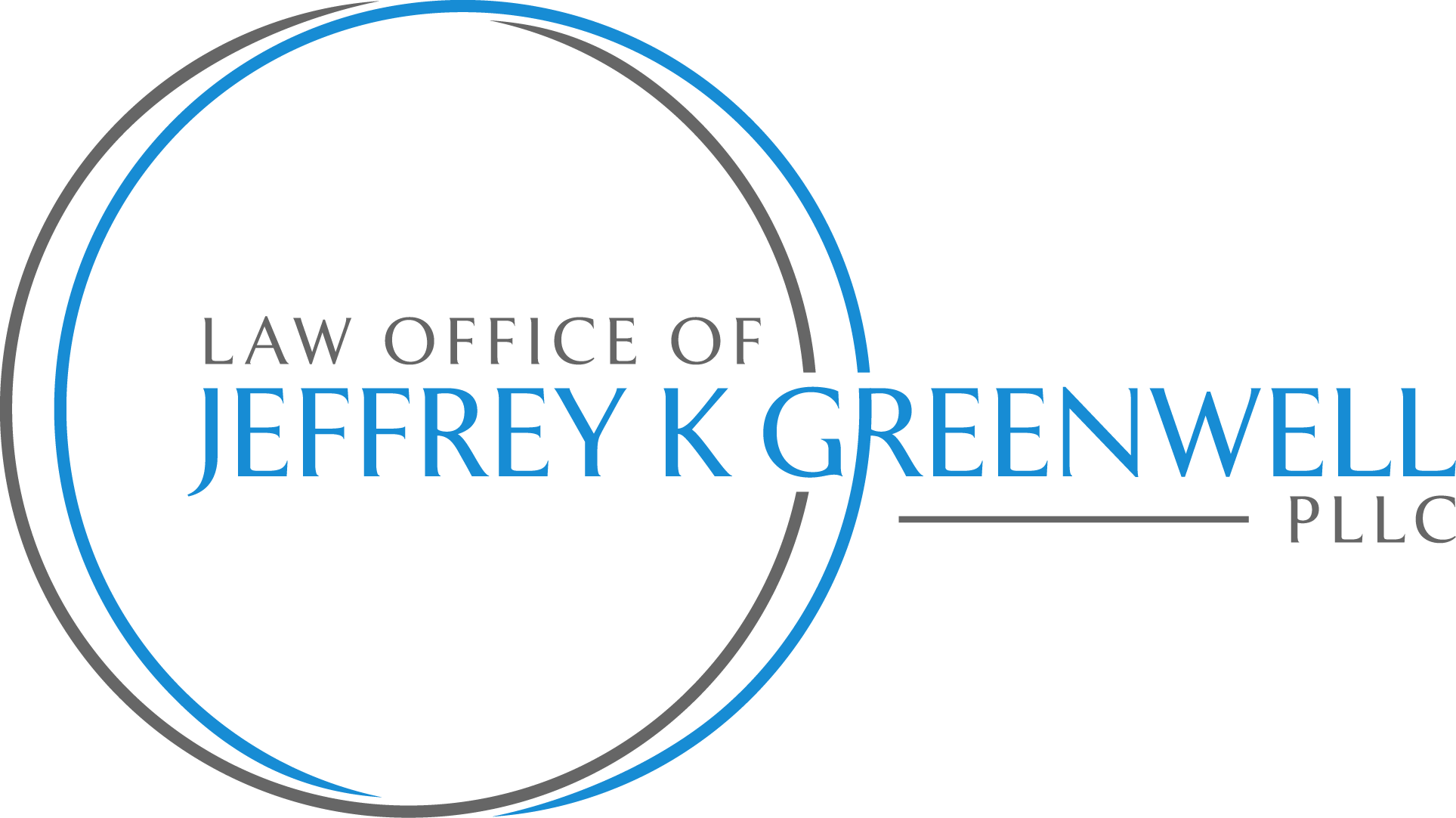The settlement announced on Feb. 9 has been publicly released so far only in a broad outline of its terms. Any day now the actual agreement will be finalized and filed at court. In the meantime here are some tantalizing tidbits.
More than a month has passed since the announcement of the long-awaited mortgage settlement by the state attorneys general and the federal government with the five largest mortgage loan servicers. A special website, set up by the Attorneys General on the Executive Committee that negotiated the settlement, provides a 4-page “Settlement Fact Sheet” and also a “Settlement Executive Summary” of similar length. This website also provides some other possibly helpful information like the phone numbers for the loan servicers involved and the address, phone number and website of each state’s attorney general. But none of that is going to get you very far in any practical way because in fact the details of the settlement are still being put into writing. The “National Mortgage Settlement” has in fact not quite been settled, at least not in detail. As the website says, it’s still “coming soon.”
It’s worth reading the relatively short “Fact Sheet” and the “Executive Summary,” and to look through the rest of the website. Here are some aspects of the deal from those sources that may surprise you:
- Although 5 loan servicers are involved in this settlement, one stands out, Bank of America, because it is obligated to pay more than twice as much as any of the others. It’s expected to pay (through a combination of cash payments, mortgage write-downs, and refinances) about $12 billion. Much of B of A’s financial exposure comes from its ownership of a huge portfolio of former Countrywide mortgages.
- The largest portion of the settlement funds—about $10 billion—will go towards reducing the principal balance of mortgages. The banks have been extremely resistant to principal reductions, and this settlement requires the largest reductions ever. However, the amount is still very small compared to the total amount of negative equity among these banks’ homeowners.
- In an effort to beef up the enforcement side of the settlement, an independent Monitor has been named who will have what at least sounds like significant powers to enforce a detailed set of new mortgage servicing standards. Penalties for violations will be up to $1 million per violation, and up to $5 million for some repeat violations.
- The mortgage servicers will receive credit for different efforts they make to help their homeowners. The banks will get credit for mortgage write-downs, but also partial credit for write-downs by investors on mortgages that the banks do not own but merely service, as well as for helpful actions banks are already taking like approving short-sales. The compromise was to provide as much benefit as possible to homeowners while giving banks some flexibility in earning credit for their efforts.
The effectiveness of this settlement will depend on how strongly the written agreement is drafted. I’ll provide practical information about this written agreement just as soon as it is filed at court, so please check back here again.
